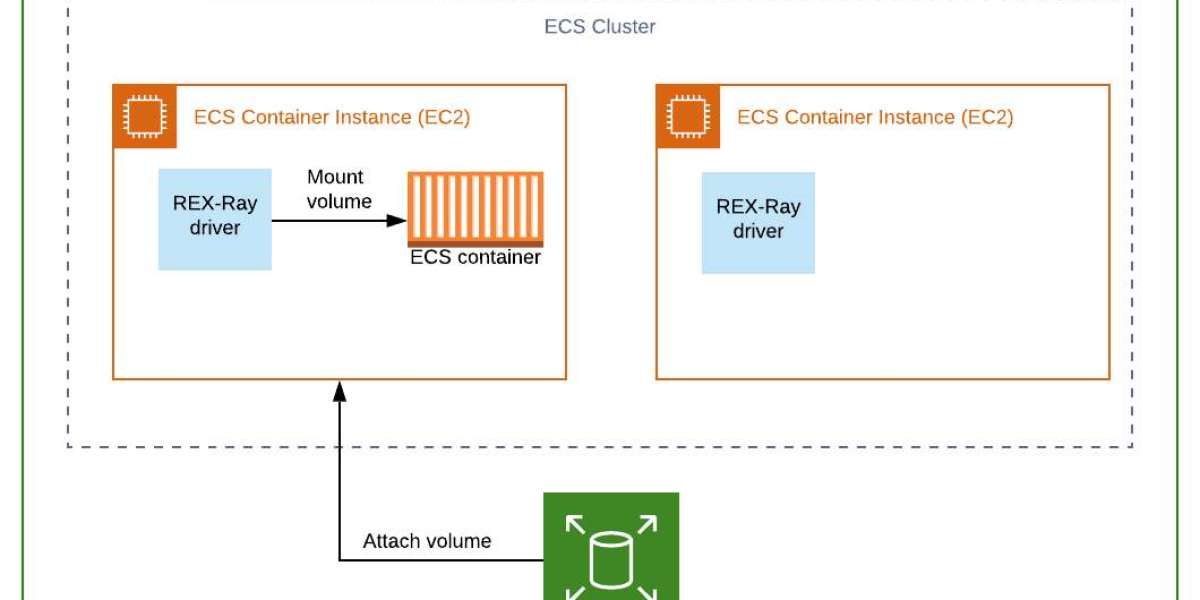When developing a web application, choosing the right technology is a critical decision. Many developers debate whether to use React or Next.js, as both are popular options for building modern, high-performance applications. While React is a widely used frontend library, Next.js is a React-based framework that provides additional features to enhance performance and development speed. Understanding the differences between them can help you determine the best choice for your project.
Understanding React and Next.js
React, developed by Facebook, is a JavaScript library that allows developers to build interactive user interfaces with a component-based approach. It excels in creating single-page applications (SPAs) where content dynamically updates without requiring a full-page reload. However, React primarily focuses on the UI layer and does not include built-in tools for routing, server-side rendering, or SEO optimization. Developers often need additional libraries like React Router for navigation and Redux for state management.
Next.js, built on top of React, enhances its capabilities by providing server-side rendering (SSR), static site generation (SSG), and API routes. These features improve performance, SEO, and development flexibility. With Next.js, developers can build both static and dynamic web applications with minimal configuration.
Key Differences Between React and Next.js
Performance and Speed
One of the major factors when comparing Reactjs vs Nextjs is performance. React applications rely on client-side rendering (CSR), meaning content loads in the browser after JavaScript execution. While CSR can create highly interactive experiences, it may lead to slower initial load times, especially for large applications. Developers often use optimization techniques like lazy loading and code splitting to enhance React’s performance.
Next.js improves performance with SSR and SSG. SSR renders pages on the server before sending them to the client, reducing the time it takes for users to see content. SSG, on the other hand, pre-builds pages at compile time, ensuring faster load speeds. These features make Next.js a great choice for applications that require SEO optimization and quick content delivery.
SEO Optimization
SEO is a major consideration for businesses that rely on organic search traffic. Since React primarily uses client-side rendering, search engines may struggle to index content properly, leading to poor rankings. Developers often implement solutions like server-side rendering with external tools to improve SEO.
Next.js, by default, supports server-side rendering and static site generation, making it easier for search engines to crawl and index web pages. This makes Next.js a preferred choice for projects where SEO is a priority, such as blogs, eCommerce sites, and news platforms.
Routing and Navigation
React does not include built-in routing; developers need to use React Router to manage navigation within their applications. While React Router is flexible, setting up routing manually requires additional configuration.
Next.js, on the other hand, provides a built-in file-based routing system, making navigation simpler and more efficient. Developers can create routes by simply adding files to the pages directory, eliminating the need for manual configuration. This structure makes development faster and more organized.
Ease of Development
When comparing React Framework vs NextJS, ease of development is another key factor. React offers flexibility and a vast ecosystem of third-party libraries. However, setting up a project requires additional tools for routing, state management, and performance optimization.
Next.js provides a more streamlined development experience by including essential features out of the box. It supports API routes, allowing developers to create backend endpoints without needing a separate backend framework. Additionally, features like automatic static optimization make development smoother and reduce complexity.
Deployment and Hosting
React applications can be deployed on various platforms, including Vercel, Netlify, and AWS. However, deployment often requires setting up a backend or using external services for server-side features.
Next.js is optimized for deployment on Vercel, the platform created by its developers. It offers seamless integration and automatic scaling, making it a great choice for production-ready applications. While Next.js can also be hosted on other platforms, Vercel provides the best experience with minimal configuration.
When to Choose React
React is a great choice if:
- You are building a single-page application (SPA) with highly interactive elements.
- SEO is not a primary concern, such as in dashboard applications.
- You want full control over your development stack and prefer to configure routing and backend separately.
- Your team is already familiar with React vs Next.js and prefers a more flexible approach.
When to Choose Next.js
Next.js is ideal if:
- You need better SEO optimization for search engine visibility.
- Your application requires server-side rendering or static site generation for improved performance.
- You want a simplified development process with built-in routing and API capabilities.
- Fast page loads and performance are critical for user experience, such as in eCommerce or news websites.
Final Thoughts
Both React or Next.js offer powerful capabilities for building web applications. React provides flexibility and a vast ecosystem, making it a great choice for developers who want full control over their project setup. Next.js, with its built-in features like SSR, SSG, and API routes, simplifies development and enhances performance, making it ideal for SEO-driven and high-performance applications.
Choosing between React Framework vs NextJS depends on your project needs. If you need a fast, SEO-friendly, and scalable application with built-in optimizations, Next.js is the better choice. However, if you prefer a flexible approach with complete control over the development stack, React is a strong contender. Regardless of your choice, both technologies continue to evolve and shape the future of web development.



